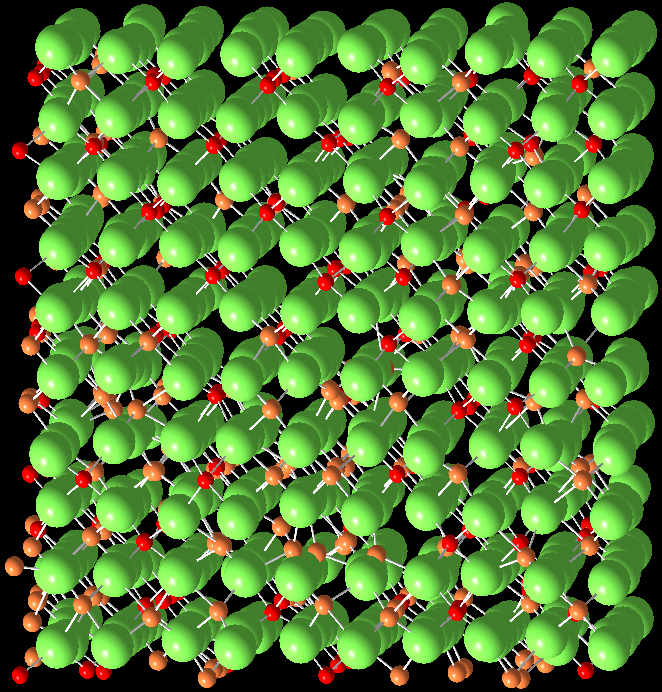
Hopping conductivity in a system with ZnS crystal lattice by non-constant force field molecular dynamics
Abstract
Keywords
Full Text:
PDFReferences
Kirkpatrick S. Percolation and Conduction. Rev Mod Phys. 1973; 45(4):574-88. doi: 10.1103/RevModPhys.45.574
Kurkijarvi J. Conductivity in random systems. II. Finite-size-system percolation. Phys Rev B. 1974; 9(15):770-4. doi: 10.1103/PhysRevB.9.770
Shklovskii BI, Éfros AL. Percolation theory and conductivity of strongly inhomogeneous media. Sov Phys Usp. 1975; 18(11):845–62. doi: 10.1070/PU1975v018n11ABEH005233
Allen MP, Tildesley DJ. Computer Simulation of Liquids. Oxford: Clarendon Press; 1987. 385 p.
Frenkel D, Smit B. Understanding Molecular Simulation From Algorithms to Applications. San Diego, California: Academic Press; 1996. 638 p.
Raskovalov AA. A new extension of classical molecular dynamics: an electron transfer algorithm. J Comp Chem. 2017; 38(5):926-32. doi: 10.1002/jcc.24755
Non-constant force field molecular dynamics [Internet]. Available from: http://ncffmd.ru/set.php?lang=en (accessed 22.02.2017)
Raskovalov AA, Latypov AA. Simulation of Red-Ox Reactions in Liquid Media with Non-Constant Force Field Molecular Dynamics. Rasplavy [Melts]. 2018; 6. In press. doi: 10.1134/S0235010618060063
Verlet L. Computer "Experiments" on Classical Fluids. I. Thermodynamical Properties of Lennard-Jones Molecules. Phys Rev. 1967; 159(1):98-103. doi: 10.1103/PhysRev.159.98
Martyna GJ, Tuckerman ME, Tobias DJ, Klein ML. Explicit Reversible Integrators for Extended Systems Dynamics. Mol Phys. 1996; 87(5):1117-57. doi: 10.1080/00268979600100761
Raskovalov AA, Shevelin PYu. Physico-chemical Properties of the Molten CuCl–CuCl2 System: Experiment, Thermodynamics and Molecular Dynamics Simulations. J Sol Chem. 2018. In press. doi: 10.1007/s10953-018-0817-x
Shannon RD. Revised effective ionic radii and systematic studies of interatomic distances in halides and chalcogenides. Acta Cryst. 1976;A32:751–67. doi:10.1107/S0567739476001551
DOI: https://doi.org/10.15826/chimtech.2018.5.3.05
Copyright (c) 2018 Anton Alexandrovich Raskovalov

This work is licensed under a Creative Commons Attribution 4.0 International License.
© Website Chimica Techno Acta, 2014–2024
ISSN 2411-1414 (Online)
This journal is licensed under a Creative Commons Attribution 4.0 International







